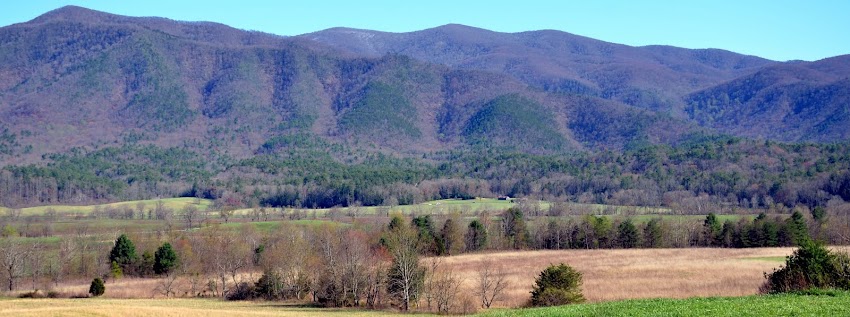 The Fenians. Just who were they? And why were they here in Malone, NY? Glad you asked.
The Fenians. Just who were they? And why were they here in Malone, NY? Glad you asked.The Fenians lived in Ireland and their movement existed primarily in England and The United States. Simply put, they wanted Ireland completely independent from England. They believed the Great Famine that hit Ireland and the poor aid from England was essentially genocide.
Several leaders came to the United States during the mid-nineteenth century. By 1866, about 3,000 Fenians gathered at our fairgrounds to invade Canada.
Why in America? They believed, according to Seaver, that because England gave help to the South, our sensibilities would be wounded and we would be eager to help them overthrow British rule in Canada (669). In fact, many were--not just from Britain's help in the Civil War, but the War of 1812, and family remembrances of the War of Independence, as well as border disputes with Canada.
Our area contributed funds in the form of bonds that would be paid off when Ireland became independent (669).
On the June 2, 1866, warnings came to Huntingdon from Chateaugay that on Friday evening, trains loaded with Fenians were headed to Malone. Unfortunately, the British troops had no arms at the moment, and had the Fenians advanced at that time, things may have turned out differently.
But what part did Malone play?
In 1870, the Fenians tried to invade Canada once more and General Meade again intervened and cut off their reinforcements.



